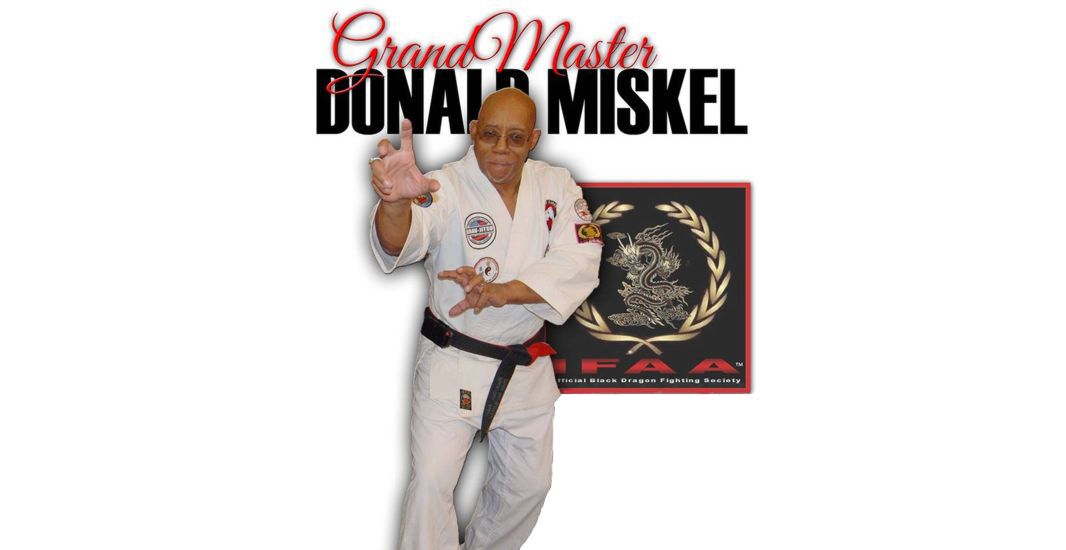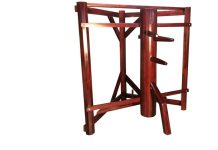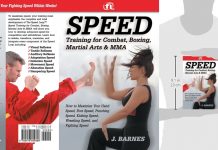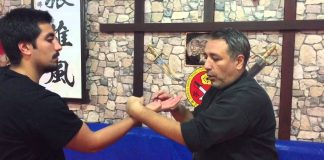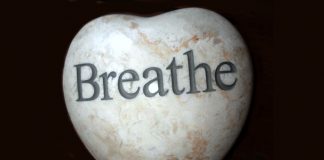Of all of the natural body functions breathing is probably the most fundamental. It isn’t something that we do consciously. Breathing has more to do with the spine than the brain. It is governed by the central nervous system but it requires no conscious volition. Chances are if you had to consciously regulate the breathing process you’d keel over from Asphyxiation. We’d probably get preoccupied and forget to breath.
There are several body functions that support life and without it impossible to exist. Basically they are food, water and oxygen. Some of us would probably include sex but that a discussion for another time.
Fact is you can live for weeks without food and days without water but you will survive for only minutes without oxygen. You have to breathe and you have to be consistent with it. You can’t opt to breathe sometimes and not breathe others. Breathing is so fundamental that it is common to every living thing on earth. So since we all do it and we do it without couscous effort why is this dissertation necessary? Well for one reason I’m a preacher and as such I have a compulsive need to pontificate. But actually there is a need for such an article. I may not be the best one to write it but I’m going to give it a try.
Actually there are several kinds of breathing that would apply to our martial disciplines. There is the quick spirit shout (kiah in Japanese) that is common to most hard systems of kempo, karate, kung fu and such like. Actually it’s much more than a shout. It tenses the diaphragm, strengthening the core for maximum effort and linking the upper body with the hips and legs. It tends to cause a slight adrenaline surge and forces extra oxygen into the blood. It empties the lungs of excess air to lessen the effect of a strike to the torso and even to the extremities. It helps in kime, the karate usage of ki or chi. Actually ki or intrinsic energy is so linked with breathing as to be indistinguishable. There is no chi or ki without proper breathing. Those enlightened souls among us that study chi kung will attest to that.
There are actually several methods of breathing for meditation, maximization of ki and for combat. The internal and external arts approach it differently but for all practical purposes the principles and end results are the same. As an external or hard stylist who has only dabbled in the internal arts I’ll approach this exposition from that angle. To avoid confusion I’ll use karate as an example but the same principles will apply to any external martial art. In karate we tend to use ibuki breathing. We exhale forcefully with any maximum effort. Actually that method isn’t unique to martial arts. A power lifter will growl as he pumps those heavy poundages. Most of us grunt out our effort when we’re applying physical effort to any task. Okay, folks, focus. Redirect those dirty minds. As far as it goes this is the proper way to breath in such instances. A kiah will not only focus our efforts it will scare the drippings out of an opponent. A loud aggressive scream or shout has a predictable emotional affect. This is breathing for combat. We do some of it naturally and we’re taught to put that extra effort into our own efforts but we don’t just breathe for combat. We breathe to live.
Karate and whatever other martial disciplines we study should help improve other areas of our lives. Breathing should be no different. If we learn to breathe more effectively in combat, which hopefully occurs seldom or not at all, we should be able to translate that into benefits that will improve our everyday life. Breathing is essential. It stands to reason that if we can improve in it we’ll improve our lives also.
Very few westerners know how to breathe properly. Because of our ascetic view of posture we tend to admire a large chest and a top heavy carriage. Many of you gents who appreciate the ladies will agree with that assessment but many ladies who covertly peruse the male physiques around them will share some of the same views. Westerners appreciate a prominent chest. In the military I was taught to stand with my stomach in and my chest out. According to western ideals this looks confident and formidable. I was taught that that was manly. Easterners, especially the Japanese share a different view. In Japan a person will say that a steadfast man has hara; that is to say he has belly. Most Japanese men aren’t going to be walking around with his chest extended and his belly pulled tightly in. That with good reason. Let me try to explain.
Look at a small child and how they breathe. Not only that, look at their posture. Children generally have their bellies distended. Their little stomachs are rounded. That is natural to a child. Children distend their bellies because they tend to do what I like to call diaphragm breathing. They expand their bellies when they breathe because they extend their diaphragms and breathe deep into their lungs. Not only is that natural it’s healthy. They tend to expel most of the stale air in their lungs when they exhale and draw in more clean air when they inhale.
Most westerners practice chest breathing. For this reason all of the poisons aren’t expelled from their lungs. They tend to retain carbon dioxide which is fed into the bloodstream with the new oxygen that they breathe in. For obvious reasons that is unhealthy. Greater oxygenation equals more energy and more strength. We can see that principle in a supercharged automobile engine. More oxygen increases the energy output exponentially. That translates well into combat but more importantly it translates into real life. Proper breathing equals greater energy. More energy equals greater productivity.
Hira refers to more than breathing. It implies balance and centering. The tandem, which is the point approximately three inches below and just behind the naval is the point of human balance physically and according to eastern philosophy spiritually. It is the point where chi or ki flows from. If we are going to be able to create the extreme power in karate techniques all of our effort has to originate from the tandem. All of our power comes from the lower and middle parts of the body. Power in a karate strikes start from the legs, is transmitted through the hips and with focus from the tandem and the sudden expulsion of breath in that characteristic kiah is focused in that instance of kime that makes the karate strike so devastating.
So we see how proper breathing enables the combatant to be more effective but more important than that we see how proper breathing improves our everyday life. So my friends and martial art brethren I urge you to steel yourself, take a deep breath and have at it. But more important than that I urge you to breath.
God bless you, family.
(The Right Wonderful) Rev. Dr. Miskel

